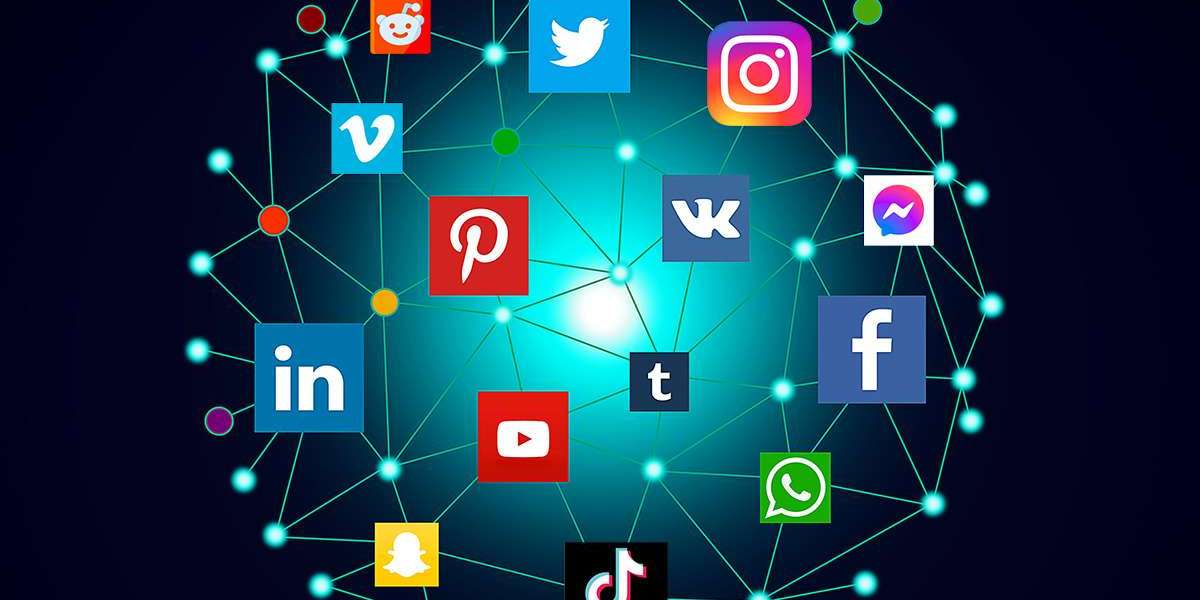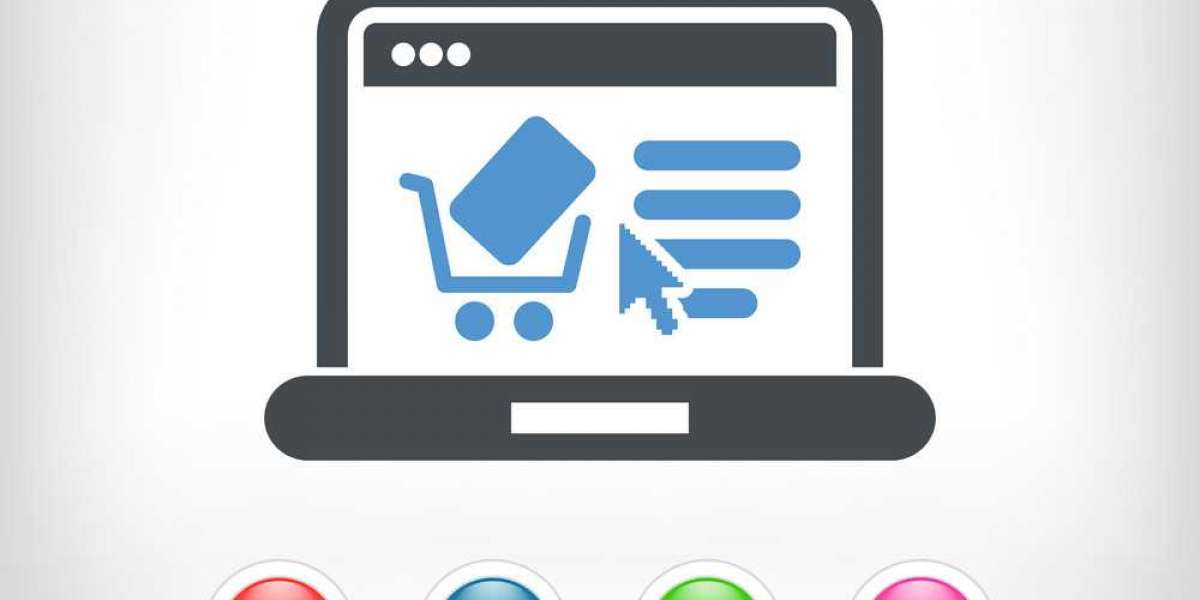Introduction
The integration of wearables in healthcare is ushering in a new era of patient-centric care. With the adoption of BYOW, individuals can use their own wearable devices to monitor and manage their health effectively. This not only empowers patients but also provides healthcare professionals with valuable insights into their patients' well-being.
The Rise of Wearable Technology in Healthcare
Wearable technology has gained immense popularity over the past decade. Devices like smartwatches, fitness trackers, and even clothing with embedded sensors have become ubiquitous. These wearables are not limited to counting steps or tracking heart rates; they are increasingly capable of monitoring a wide range of health parameters.
Benefits of BYOW in Patient Care
Real-time Health Monitoring
BYOW allows patients to continuously monitor their vital signs, such as heart rate, blood pressure, and blood glucose levels, in real-time. This real-time data can be invaluable for early detection of health issues and timely interventions.
Enhanced Chronic Disease Management
Patients with chronic conditions can benefit greatly from wearables. These devices help in tracking medication adherence, symptom management, and disease progression, ultimately leading to better health outcomes.
Improved Medication Adherence
Wearable reminders and medication tracking apps ensure that patients take their prescribed medications on time. This simple but effective feature can significantly reduce medication errors and hospitalizations.
Wearables for Preventive Healthcare
Fitness Tracking and Physical Activity
Wearables encourage physical activity by monitoring steps, distance, and calorie expenditure. This promotes a healthier lifestyle, reducing the risk of obesity and related diseases.
Sleep Monitoring
Quality sleep is vital for overall well-being. Wearables equipped with sleep tracking capabilities provide insights into sleep patterns, helping individuals make necessary lifestyle changes for better sleep quality.
Patient Empowerment and Engagement
BYOW fosters a sense of responsibility for one's health. Patients actively engage in their care, making informed decisions and taking proactive steps to prevent health issues.
Wearable Challenges and Concerns
While the benefits of wearables in healthcare are evident, there are some challenges and concerns that need to be addressed.
Data Privacy and Security
Protecting patient data is paramount. Healthcare organizations must ensure robust data security measures are in place to safeguard sensitive health information.
Integration with Electronic Health Records (EHRs)
Seamless integration of wearable data with electronic health records is essential for comprehensive patient care. Developing standardized protocols for data sharing is a priority.
Future Trends and Innovations
The future of BYOW in healthcare is promising. Innovations such as AI-driven health predictions and wearable biosensors are on the horizon, poised to further enhance patient care.
AI and Machine Learning in Wearable Health Tech
Artificial intelligence algorithms can analyze vast amounts of wearable data to provide personalized health recommendations and early disease detection.
Wearable Biosensors
Advanced biosensors are being developed to monitor a wider range of health parameters, enabling more precise and proactive healthcare.
Healthcare Professionals Embrace Wearables
Healthcare providers are recognizing the value of wearable data in clinical decision-making. Wearables are becoming an integral part of patient care, allowing for more personalized treatment plans.
Patient Success Stories
Numerous individuals have experienced remarkable improvements in their health through BYOW. These inspiring stories serve as testaments to the transformative power of wearables.
Overcoming Barriers to Adoption
To fully realize the potential of BYOW, barriers such as device affordability and user-friendly interfaces must be addressed. Collaboration between tech companies, healthcare providers, and policymakers is crucial.
BYOW Implementation in Hospitals and Clinics
Hospitals and clinics are gradually incorporating BYOW programs into their care models. This shift towards patient-centric care is improving patient satisfaction and outcomes.
Regulatory Considerations
Regulatory bodies are actively working on guidelines for the use of wearables in healthcare. These regulations aim to ensure patient safety and data privacy.
Cost-Effectiveness of Wearables
The cost-effectiveness of wearables is becoming evident as they reduce hospital readmissions and emergency room visits, ultimately lowering healthcare costs.
BYOW and Telemedicine
The synergy between BYOW and telemedicine is revolutionizing remote patient monitoring. Patients can now receive timely medical advice from the comfort of their homes.
Conclusion
In conclusion, BYOW in healthcare is a game-changer, offering numerous advantages that contribute to improved patient outcomes. As technology continues to advance, the potential for wearables to positively impact healthcare is limitless. Patients and healthcare providers alike are embracing this transformative approach to healthcare, ushering in a new era of patient empowerment and engagement.
FAQs
Are wearables suitable for all age groups?
- Yes, many wearable devices are designed to cater to individuals of all ages.
How can I ensure the security of my wearable health data?
- Ensure that your wearable device has robust security features, and only use reputable apps and platforms to store and access your data.
Do insurance companies offer incentives for using wearables?
- Some insurance companies offer discounts and rewards for policyholders who use wearables to maintain a healthy lifestyle.
Are wearables covered by health insurance?
- Some health insurance plans may cover the cost of certain medical-grade wearables for specific conditions.
Can wearables be used to monitor serious medical conditions?
- Yes, many wearables are equipped to monitor and manage serious medical conditions, but consultation with a healthcare provider is advisable for personalized recommendations.








